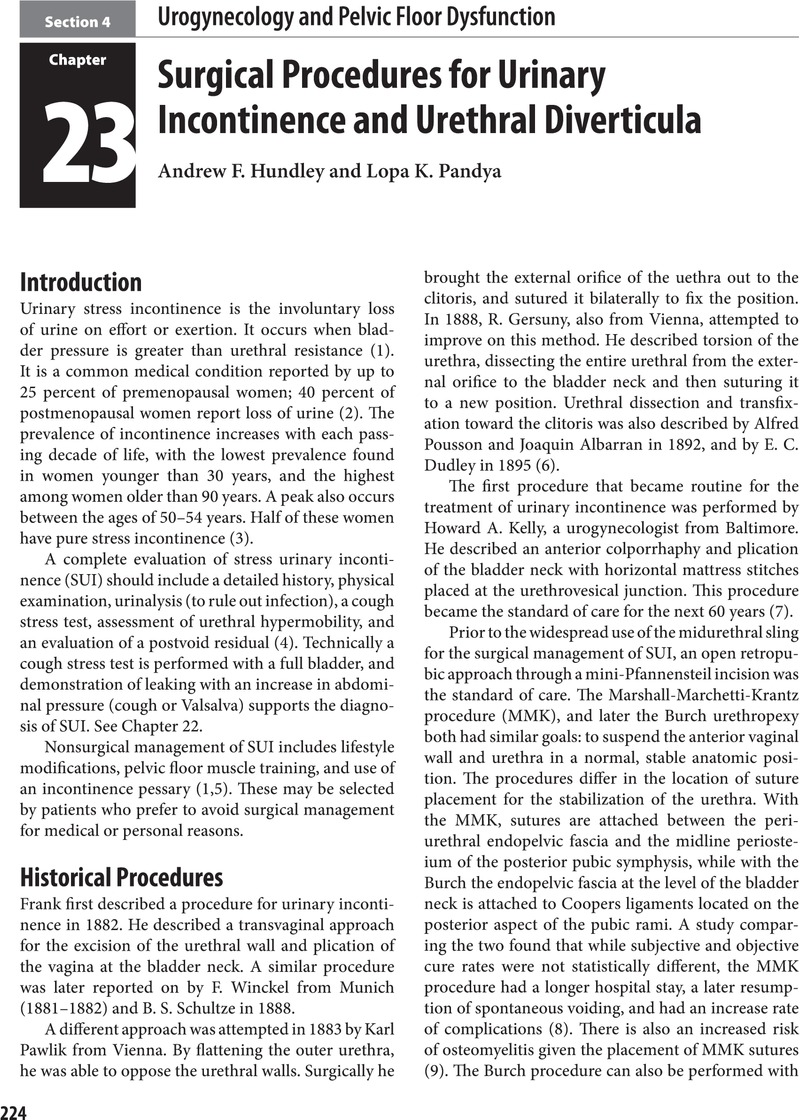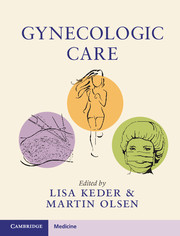Book contents
- Gynecologic Care
- Gynecologic Care
- Copyright page
- Dedication
- Contents
- Contributors
- Preface
- Section 1 Basic Gynecologic Care Issues
- Section 2 Gynecologic Surgery
- Section 3 Infertility
- Section 4 Urogynecology and Pelvic Floor Dysfunction
- 22 Urodynamics
- 23 Surgical Procedures for Urinary Incontinence and Urethral Diverticula
- 24 Surgical Management of Pelvic Organ Prolapse
- 25 Anal Incontinence
- 26 Vesico-Vaginal Fistulas and Recto-Vaginal Fistulas
- Section 5 Gynecologic Oncology
- Section 6 General Considerations
- Index
- References
23 - Surgical Procedures for Urinary Incontinence and Urethral Diverticula
from Section 4 - Urogynecology and Pelvic Floor Dysfunction
Published online by Cambridge University Press: 01 February 2018
- Gynecologic Care
- Gynecologic Care
- Copyright page
- Dedication
- Contents
- Contributors
- Preface
- Section 1 Basic Gynecologic Care Issues
- Section 2 Gynecologic Surgery
- Section 3 Infertility
- Section 4 Urogynecology and Pelvic Floor Dysfunction
- 22 Urodynamics
- 23 Surgical Procedures for Urinary Incontinence and Urethral Diverticula
- 24 Surgical Management of Pelvic Organ Prolapse
- 25 Anal Incontinence
- 26 Vesico-Vaginal Fistulas and Recto-Vaginal Fistulas
- Section 5 Gynecologic Oncology
- Section 6 General Considerations
- Index
- References
Summary

- Type
- Chapter
- Information
- Gynecologic Care , pp. 224 - 230Publisher: Cambridge University PressPrint publication year: 2018



